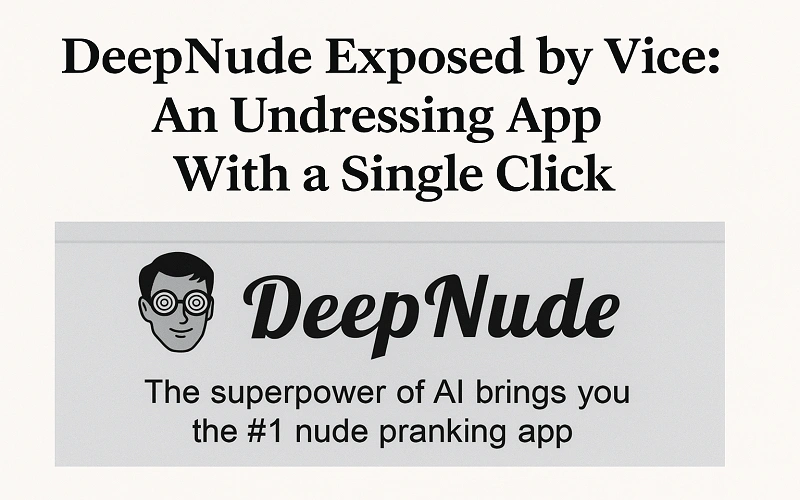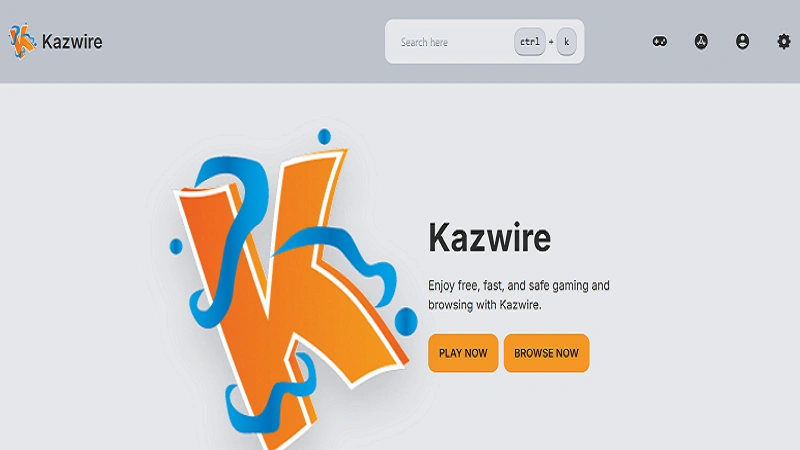In June 2019, Vice’s Motherboard revealed a shocking development in AI technology: an app called DeepNude that could digitally “undress” women in photos with just one click. This app, which sparked global outrage, highlighted the ethical and privacy concerns surrounding AI.
Here’s an in-depth look at what DeepNude was, how it worked, and why it became a significant issue.
What Was DeepNude?
DeepNude was a downloadable application for Windows and Linux that used artificial intelligence to create realistic nude images of women from fully clothed photos. The app leveraged generative adversarial networks (GANs) to estimate what a woman’s body might look like beneath her clothes, generating detailed and convincing results.
How It Worked
The app utilized the pix2pix algorithm, an open-source tool developed by UC Berkeley researchers. Trained on over 10,000 nude images of women, DeepNude could process a photo in about 30 seconds. The free version included a watermark, while the paid version ($50) removed it but added a “FAKE” label, which was easily removable. The app required no technical expertise, making it accessible to anyone.
Ethical and Privacy Concerns
DeepNude raised significant ethical concerns. Legal experts, such as Danielle Citron, described it as an invasion of sexual privacy, emphasizing the psychological impact on victims. Katelyn Bowden, founder of the anti-revenge porn group BADASS, warned that anyone could become a victim without ever taking a nude photo. The app’s ability to create synthetic nudity without actual nude images exploited legal loopholes, making it harder to regulate.
The Creator’s Perspective
The anonymous developer, Alberto, was inspired by childhood memories of “X-ray glasses” ads. He acknowledged the ethical dilemmas but justified the app’s creation, stating, “If I don’t do it, someone else will.” Despite initial intentions, the app’s potential for misuse led to its shutdown within days of launch.
Broader Implications
DeepNude was more accessible than traditional deepfakes, requiring only one photo and a click. This ease of use made it a significant threat, leading to calls for better regulation and awareness. The app’s legacy continues through clones and imitators, highlighting the need for legal and technological safeguards.
FAQ Section
1. What was DeepNude?
DeepNude was a Windows/Linux app that used AI to digitally “undress” photos of women, creating fake nudes in seconds. It was exposed by Vice in 2019 and shut down days later due to backlash.
2. How did DeepNude work?
It used a GAN (Generative Adversarial Network) trained on 10,000+ nude images to predict and render nudity beneath clothing. Users just uploaded a photo—no technical skills needed.
3. Why was it so controversial?
Violated consent: Turned ordinary photos into non-consensual porn.
Accessible abuse: Anyone could use it, unlike complex deepfakes.
Legal gaps: Most revenge porn laws didn’t cover AI-generated images.
4. Is DeepNude still available?
The original app was removed, but copies and clones still circulate online. Newer AI nudification tools have since emerged.
5. What’s being done to stop such apps?
Laws: Some countries now ban AI-generated explicit content.
Detection: Tech companies are developing tools to flag synthetic nudes.
Awareness: Campaigns educate about digital consent and reporting abuse.
Conclusion
DeepNude was a wake-up call about the potential misuse of AI. It underscored the importance of ethical considerations in technology and the need for stronger regulations to protect privacy and consent. As AI evolves, society must address these challenges to prevent further exploitation and ensure digital safety.
Source: Vice.Com


